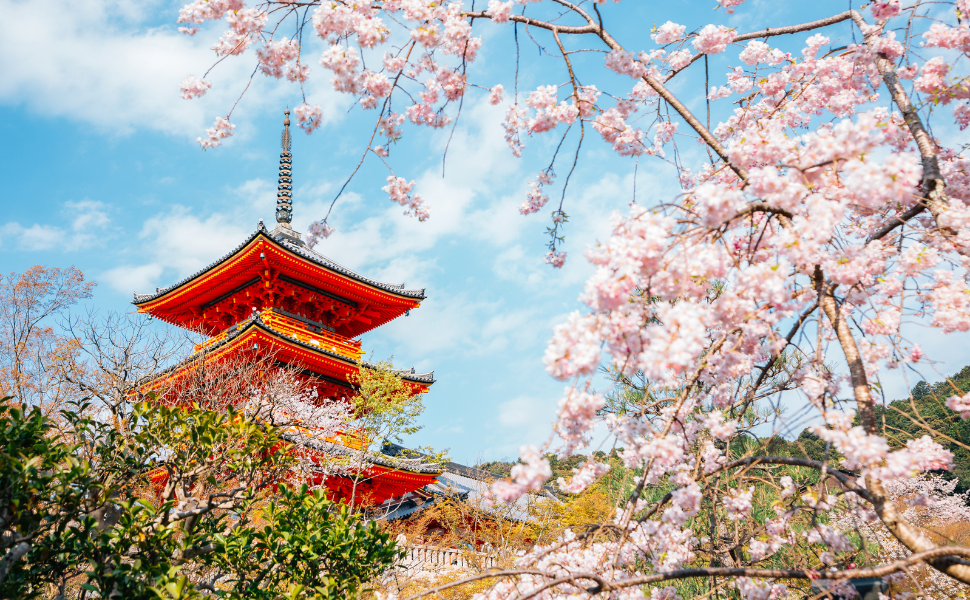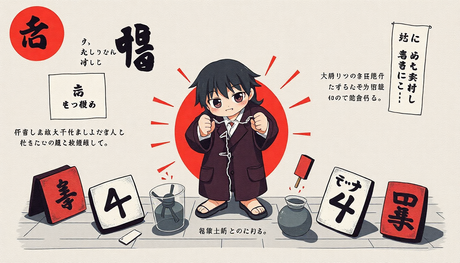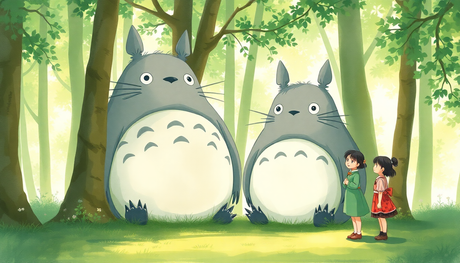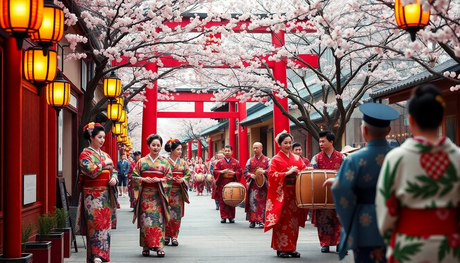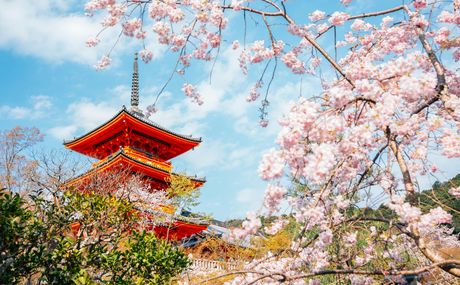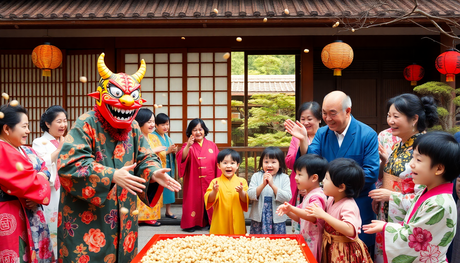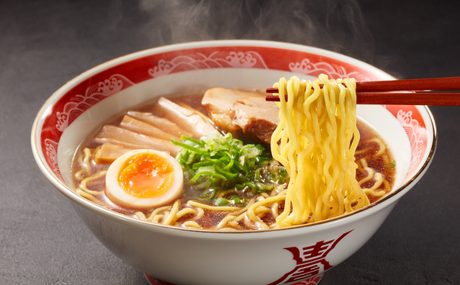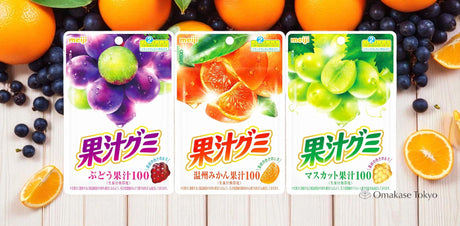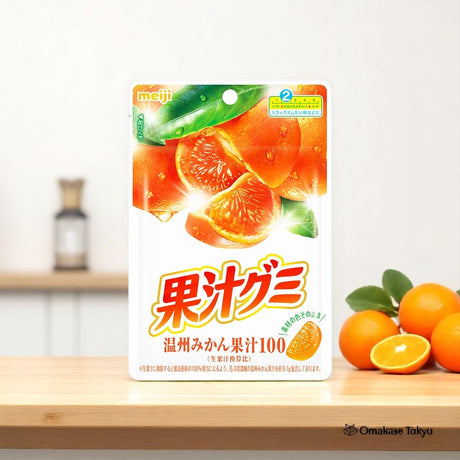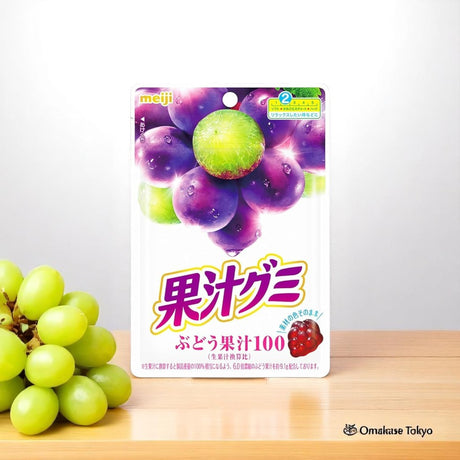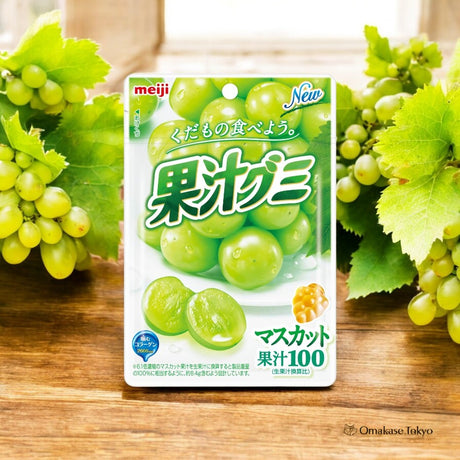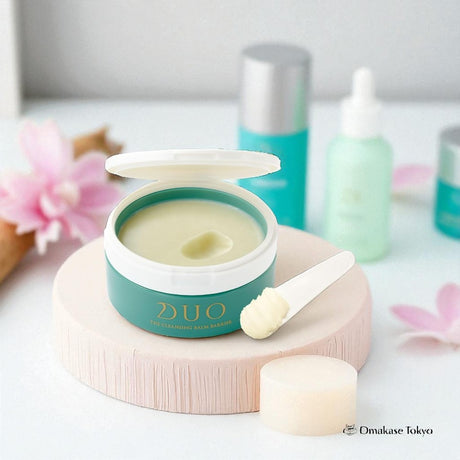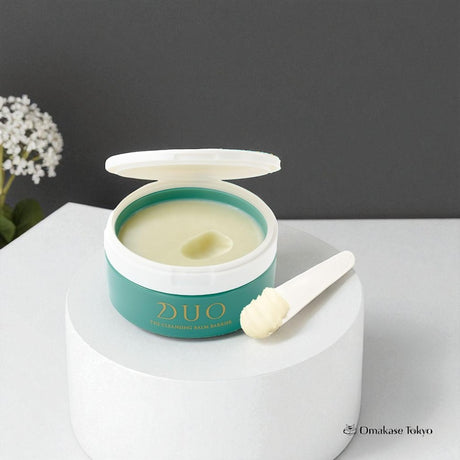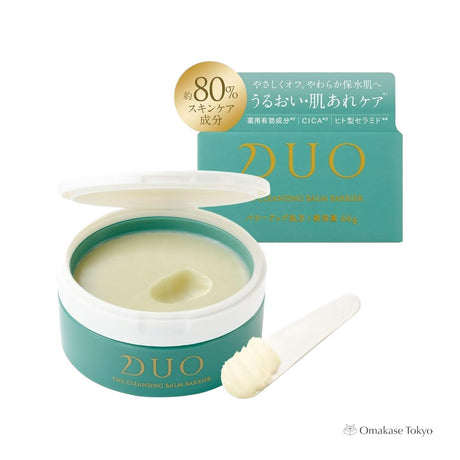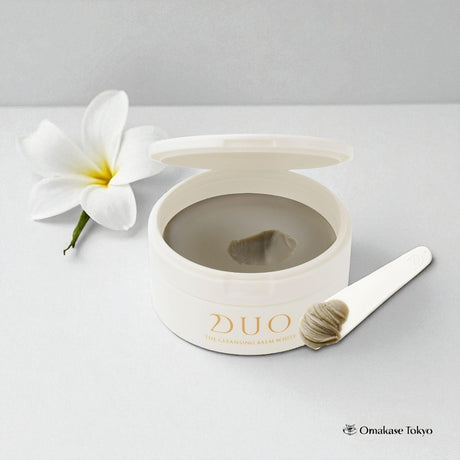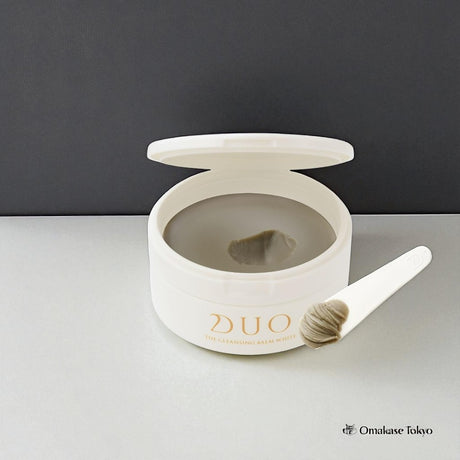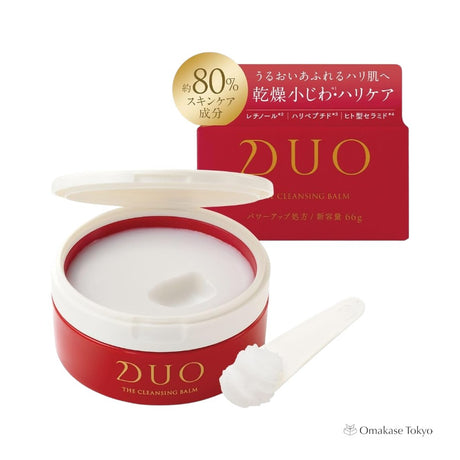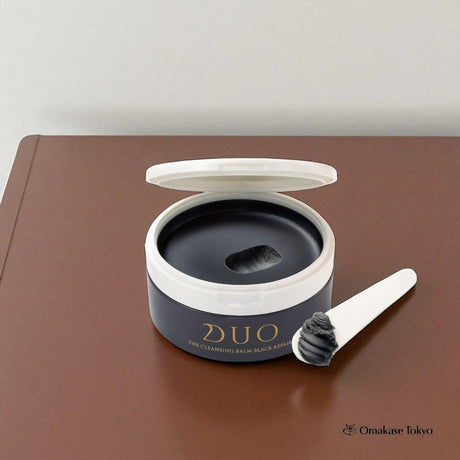The ancient capital of Japan, Kyoto, is renowned for its rich cultural heritage and timeless traditions. Once the capital of Japan, this city remains the cultural heart of the nation, offering visitors an extraordinary opportunity to experience traditional Japanese life. From revered temples and the refined art of tea ceremony to vibrant seasonal festivals, Kyoto is a city where the past and present coexist beautifully.
This blog introduces some of the most essential cultural experiences in Kyoto, guiding you through iconic landmarks, traditional customs, and seasonal celebrations.
Visiting Temples and Shrines: A Spiritual Journey Through Kyoto
Kyoto is home to numerous temples and shrines, each with its own deep history and cultural significance. These sacred sites are not just tourist destinations—they are places that continue to reflect the essence of Japanese spirituality and aesthetics.
Fushimi Inari Taisha
One of Kyoto's most iconic landmarks, Fushimi Inari is famous for its thousands of vivid red torii gates forming mesmerizing tunnels along a mountainside path. Dedicated to the deity of rice and agriculture, this shrine is a major pilgrimage site. As you climb the mountain path, you'll pass smaller shrines and enjoy spectacular views of Kyoto. The hike takes about 2 to 4 hours depending on your pace and offers a deeply immersive spiritual experience.

Kinkaku-ji (Golden Pavilion)
Covered entirely in gold leaf, Kinkaku-ji is a breathtaking temple that reflects brilliantly in its surrounding pond. Originally built in 1397 as a retirement villa for Shogun Ashikaga Yoshimitsu, it later became a Zen temple. The temple's stunning appearance changes with the seasons, offering unique scenic beauty year-round. The peaceful gardens around it are ideal for a contemplative stroll.

Kiyomizu-dera
This famous temple, known for its wooden stage jutting out over a hillside, offers panoramic views of Kyoto and the changing seasons. Founded in 780, it enshrines the goddess of mercy, Kannon. Its name means "pure water," referring to the Otowa Waterfall that flows beneath it. Visitors often drink from the falls to receive blessings for longevity, success, or love. The surrounding Higashiyama district is also worth exploring for its traditional streets and shops.

The Art of Tea: Tranquility in a Cup
The Japanese tea ceremony, known as chanoyu or sado, is a refined and complex art form that embodies harmony, respect, purity, and tranquility—core values of Japanese aesthetics.
Origins and Meaning
The tea ceremony dates back to the 15th century and was heavily influenced by Zen Buddhism and the practice of drinking powdered green tea (matcha). It was formalized by tea masters such as Sen no Rikyū, who shaped many of the principles still followed today. The ceremony is a spiritual practice emphasizing mindfulness and appreciation of the present moment.
What to Expect
Traditional tea ceremonies are usually held in specially designed tea rooms, often surrounded by serene gardens. The host carefully prepares matcha in front of the guests through a precise series of steps and rituals. Guests are invited to appreciate the beauty of the tea utensils, the layout of the tea room, and the overall atmosphere.
How to Participate Respectfully
- Dress Modestly: Wear appropriate, subdued clothing out of respect for the formality of the setting.
- Show Gratitude: Admire the craftsmanship of the utensils and praise the host's skill—but without being overly expressive.
- Handle Items with Care: When receiving the tea bowl, rotate it slightly before drinking to admire its design. Sip the tea quietly in 3–4 sips.
- Express Thanks: After finishing, thank the host and express appreciation for the experience.
Seasonal Festivals: Celebrating the Spirit of Kyoto
Kyoto is famous for its vibrant festivals that celebrate various aspects of Japanese culture and the changing seasons. Among the most notable are Gion Matsuri and Aoi Matsuri.
Gion Matsuri (July)
One of Japan's three great festivals, Gion Matsuri spans the entire month of July with numerous events and parades. It dates back to the 9th century as a ritual to appease the gods and prevent epidemics. The highlight is the grand procession of elaborate floats called yamaboko, which parade through the streets. Visitors can enjoy traditional music, dance performances, food stalls, and immerse themselves in the festive atmosphere.
Aoi Matsuri (May)
One of Kyoto's oldest festivals, Aoi Matsuri takes place in May and is named after the hollyhock leaves (aoi) that decorate the participants' costumes. The main event is a procession of people dressed in elegant Heian-period attire, marching from the Imperial Palace to the Kamo Shrines. This reenactment of ancient rituals is a celebration of prosperity and good harvests.
How to Enjoy Kyoto Festivals
- Dress Respectfully: Many locals wear traditional kimono. While not required, wearing one can enhance your festival experience.
- Respect Traditions: Follow local customs and guidelines associated with the festival.
- Be Courteous: Avoid blocking views or obstructing the flow of the procession.
- Celebrate Mindfully: Enjoy local foods and activities while appreciating the cultural significance of the event.
Conclusion
From majestic temples and the serene art of tea to lively seasonal festivals, Kyoto offers a special journey through the cultural soul of Japan. Each experience provides a unique window into the values and traditions that define the city's identity.
Take time to explore Kyoto slowly, savoring the rich history and customs that have shaped this remarkable city. Use the opportunity to connect with Japan's heritage, and create lasting memories with a deeper understanding and appreciation of this extraordinary destination.

